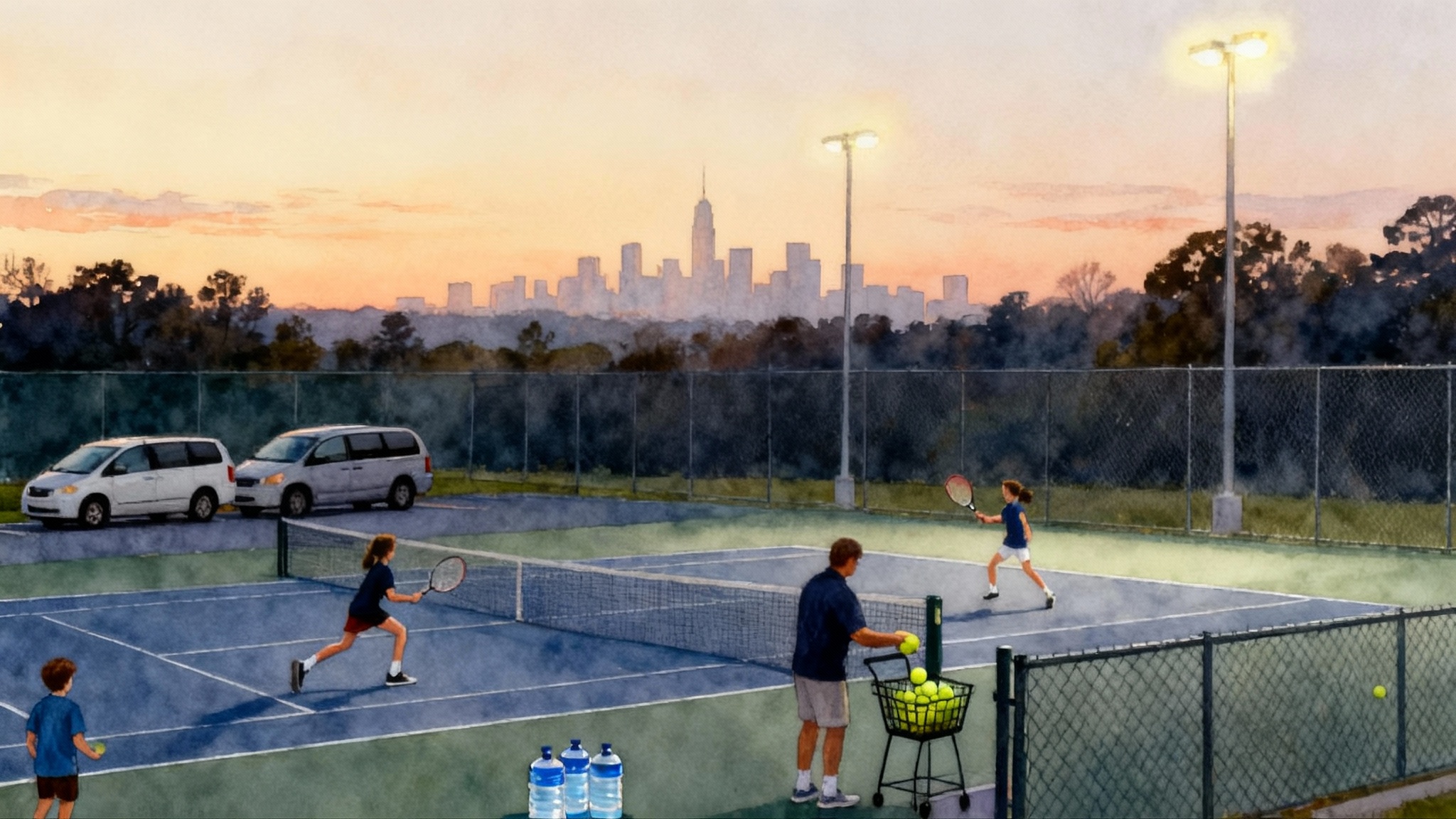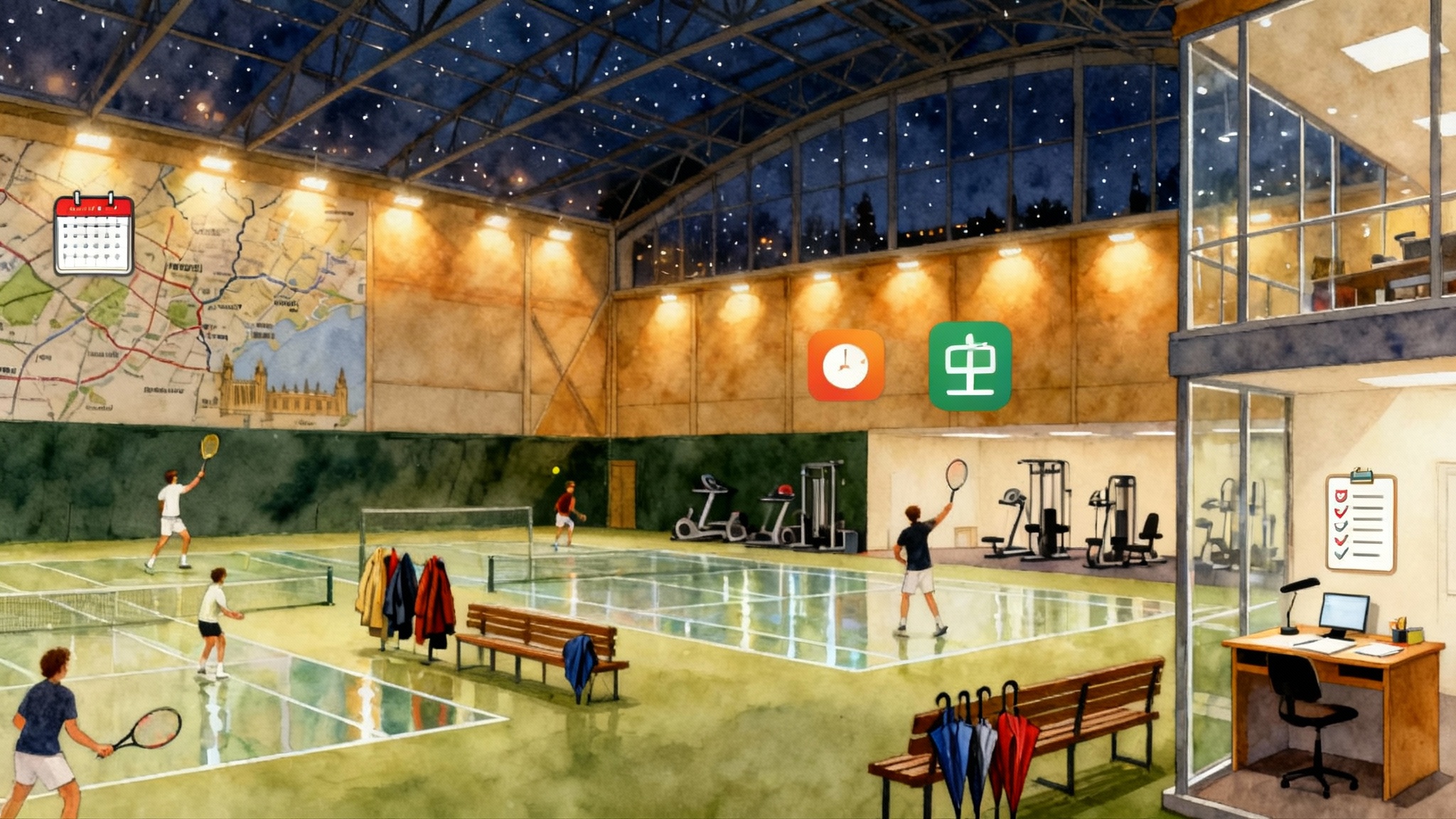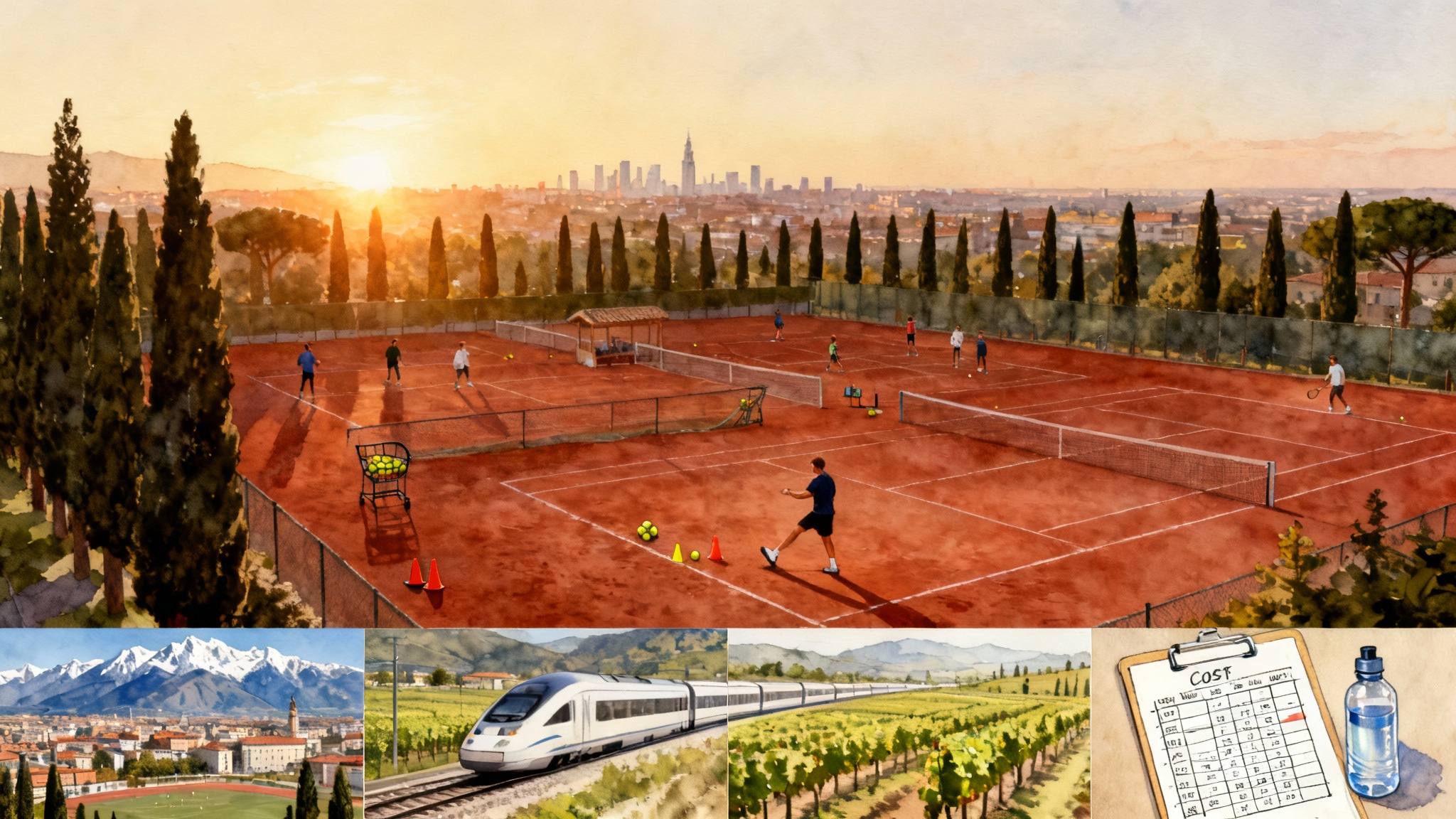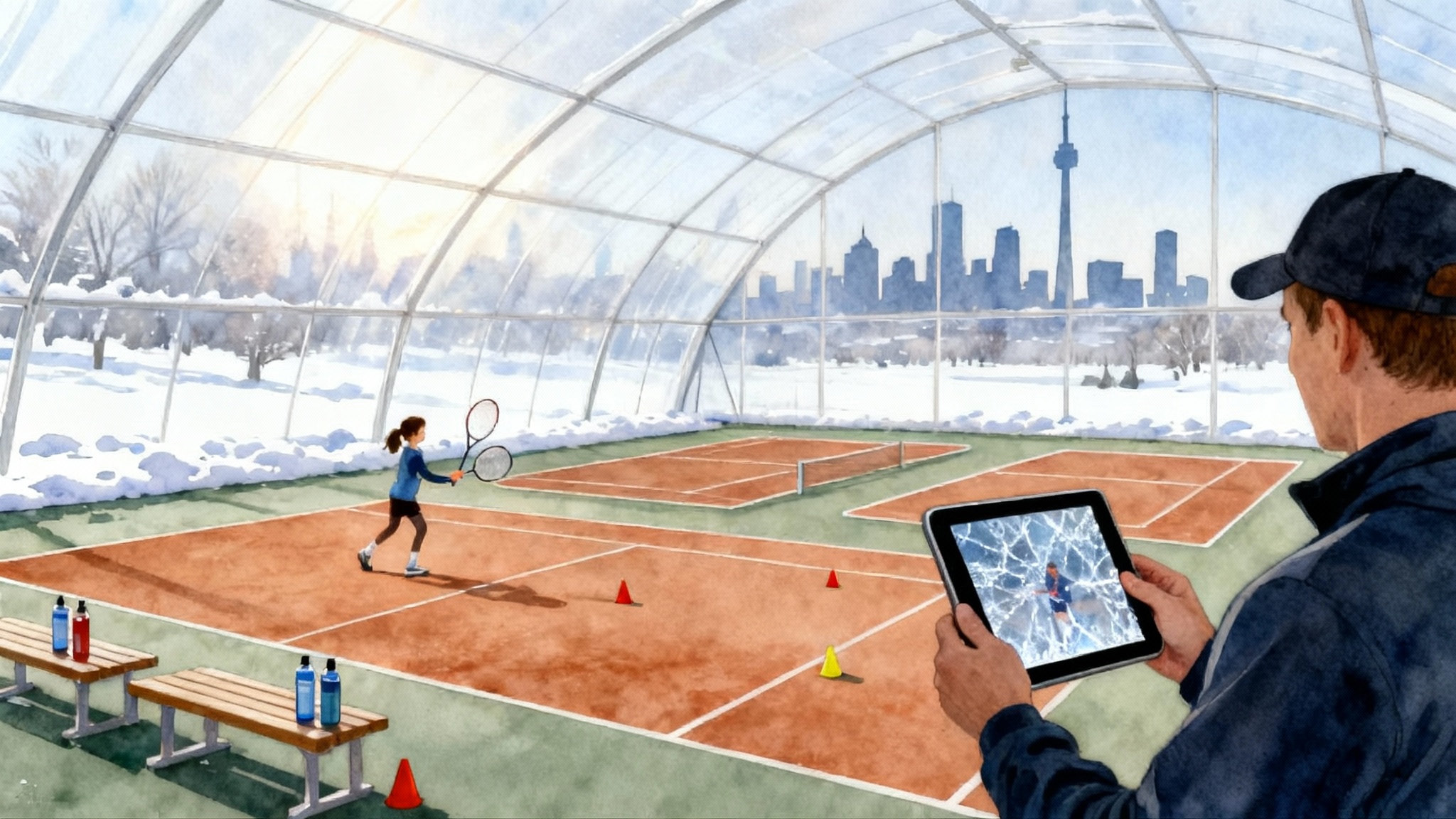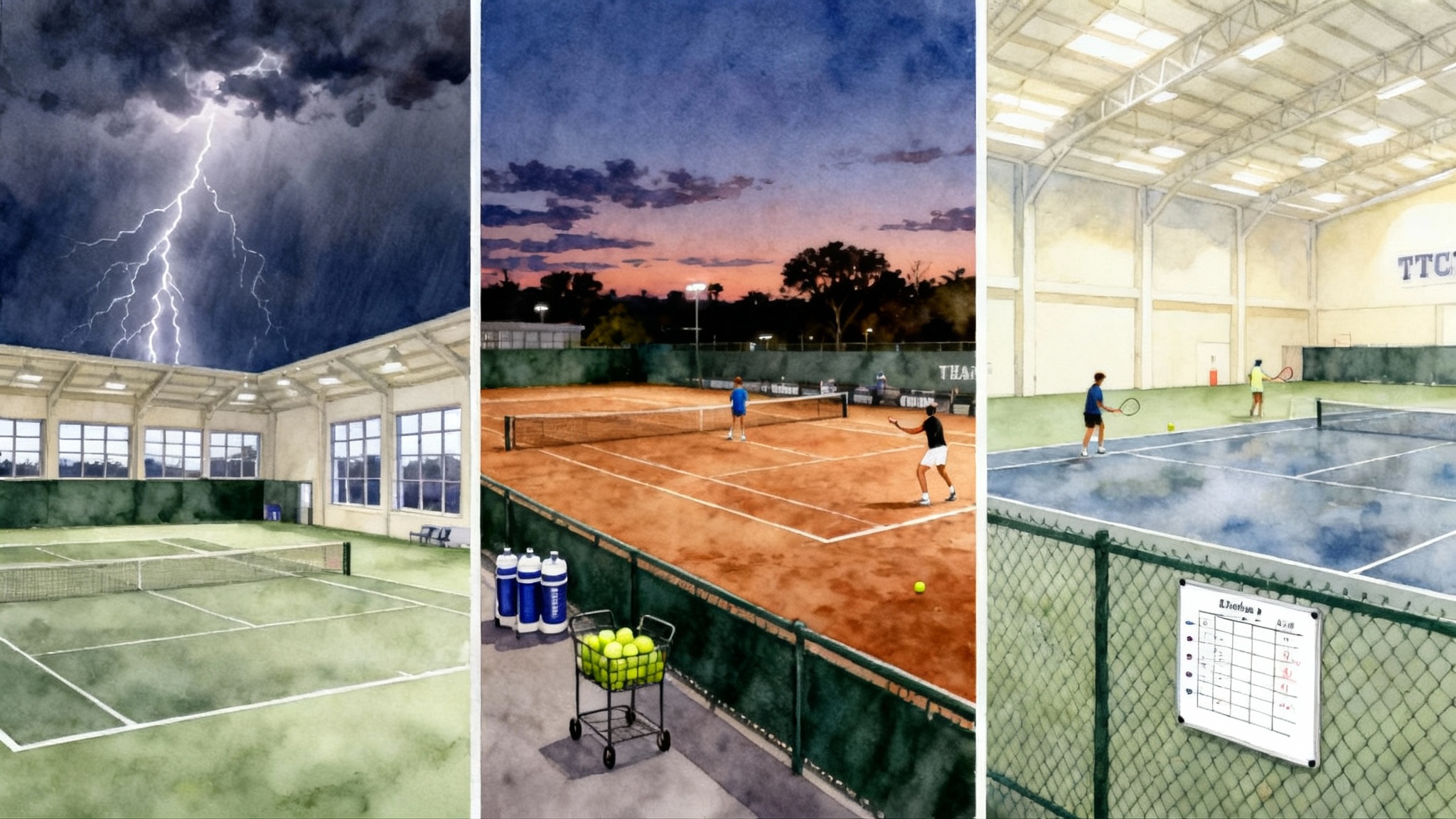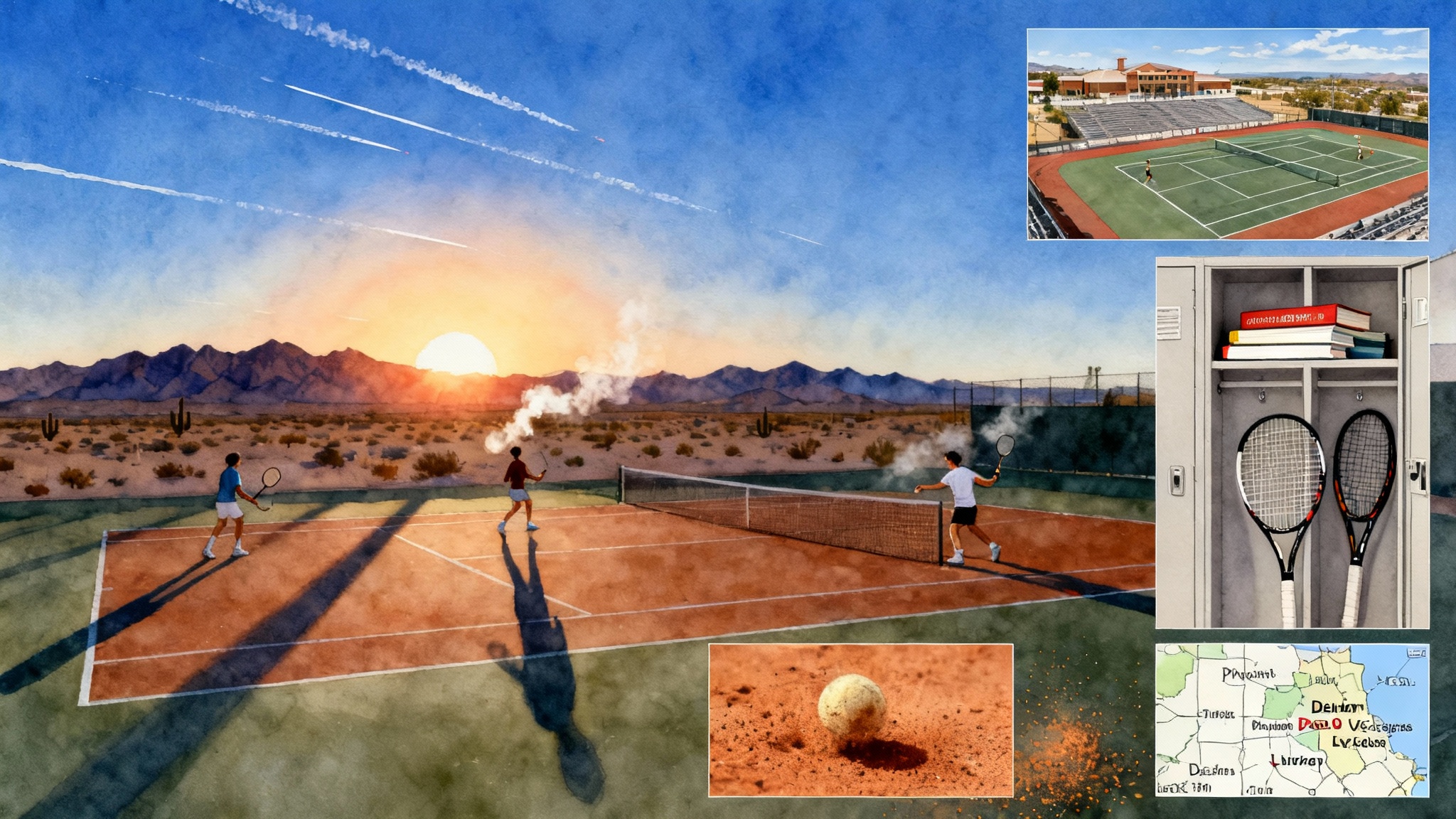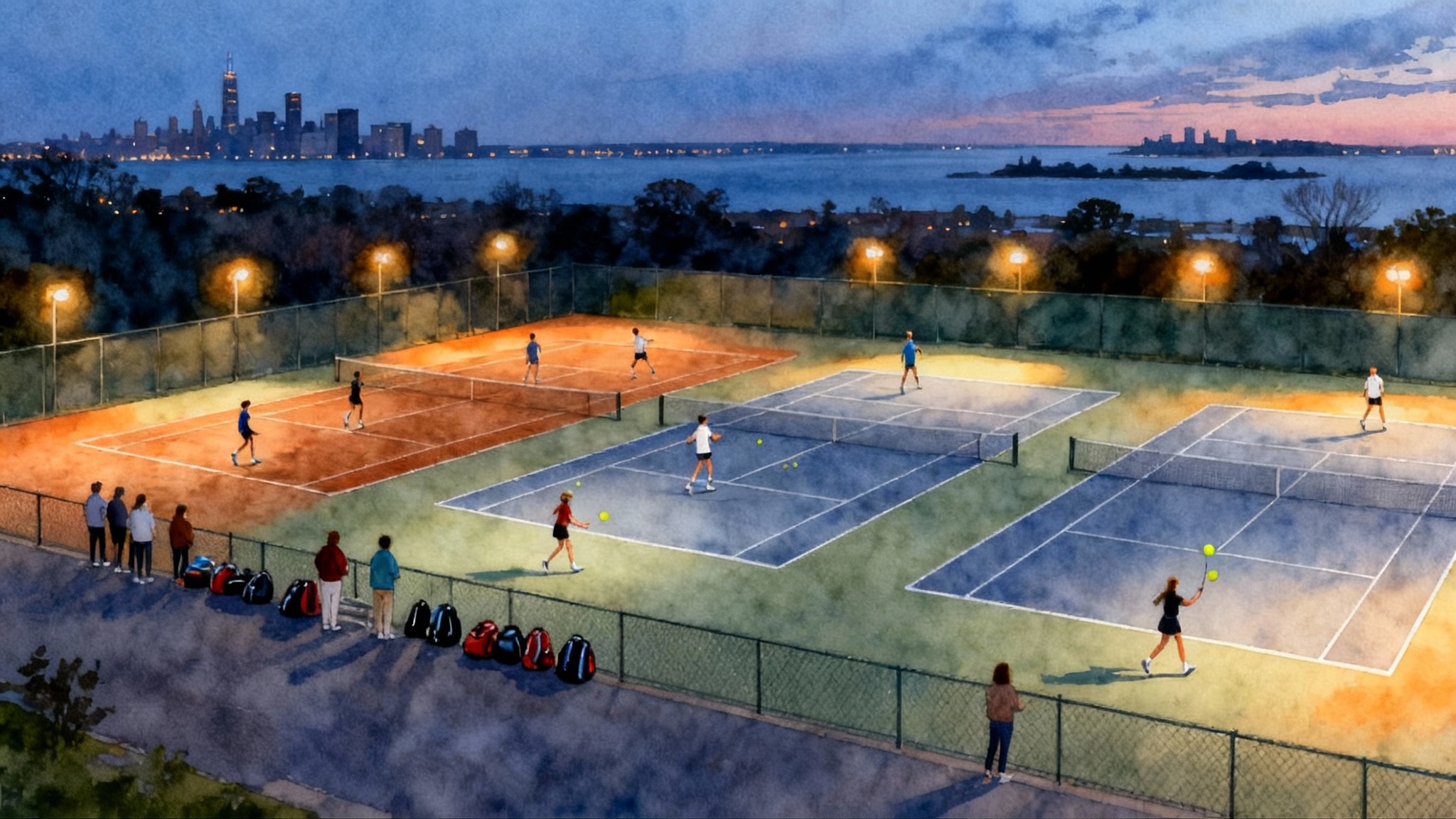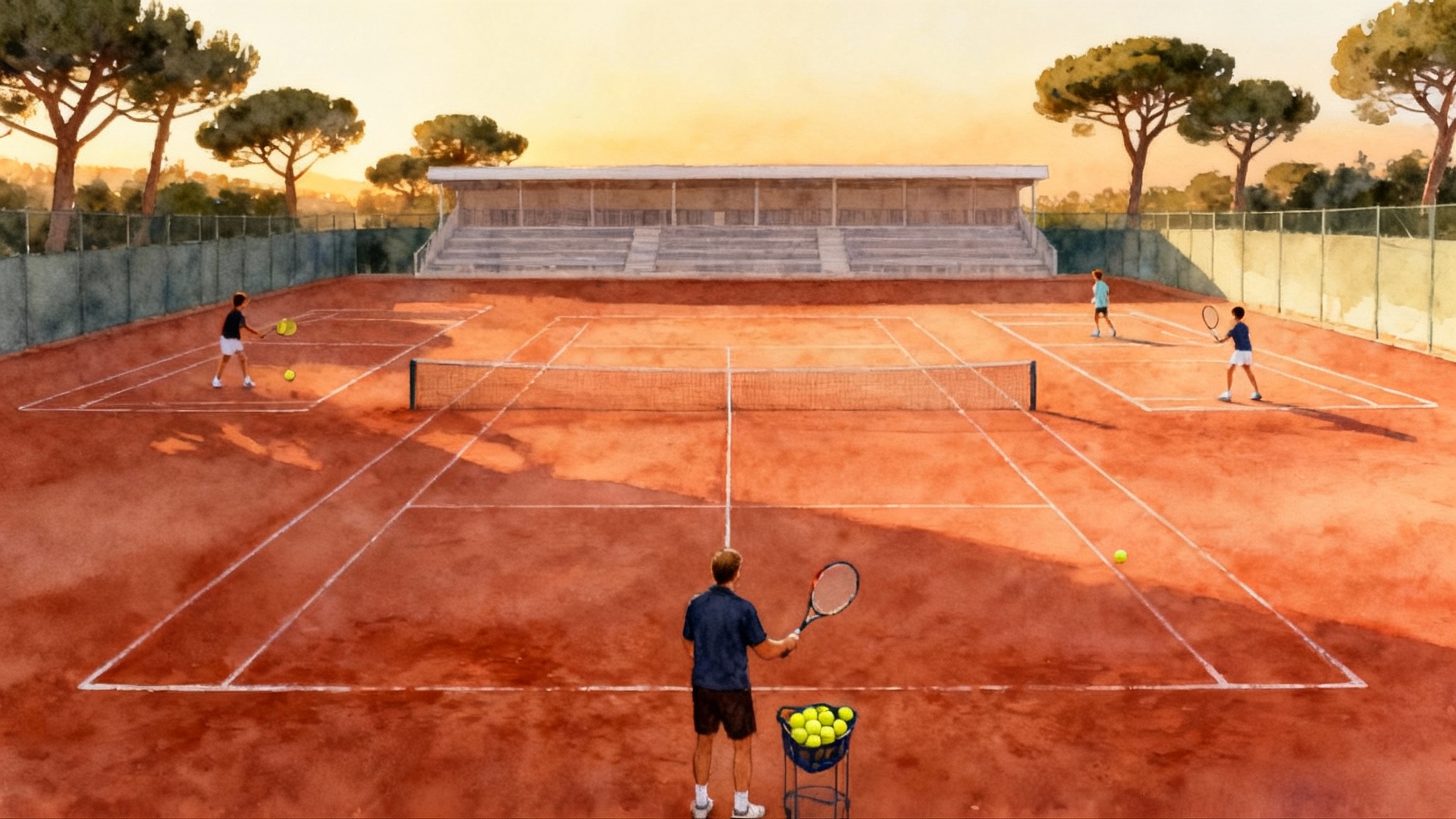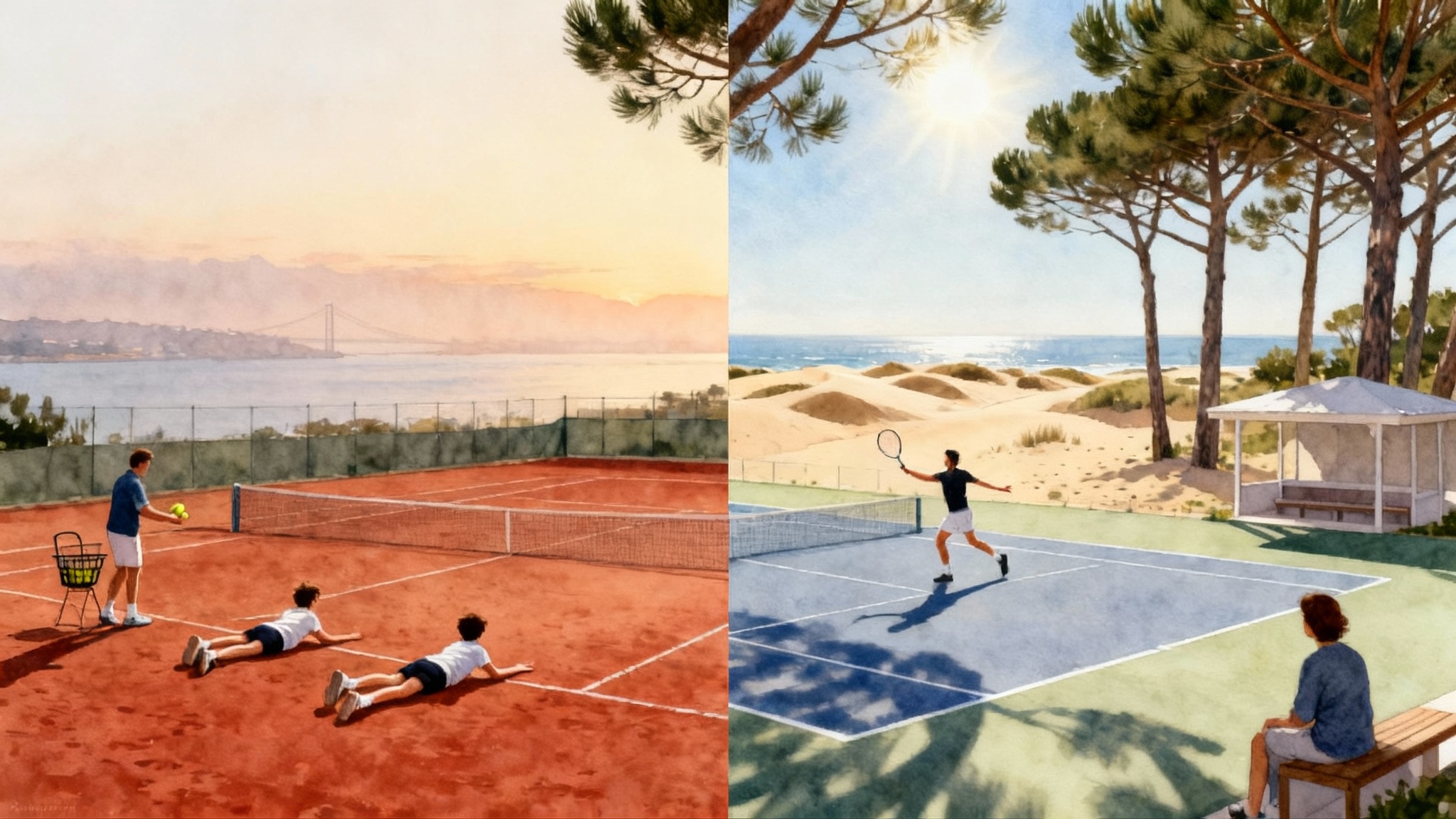Best NorCal Tennis Academies 2025–2026: Bay Area and Sacramento
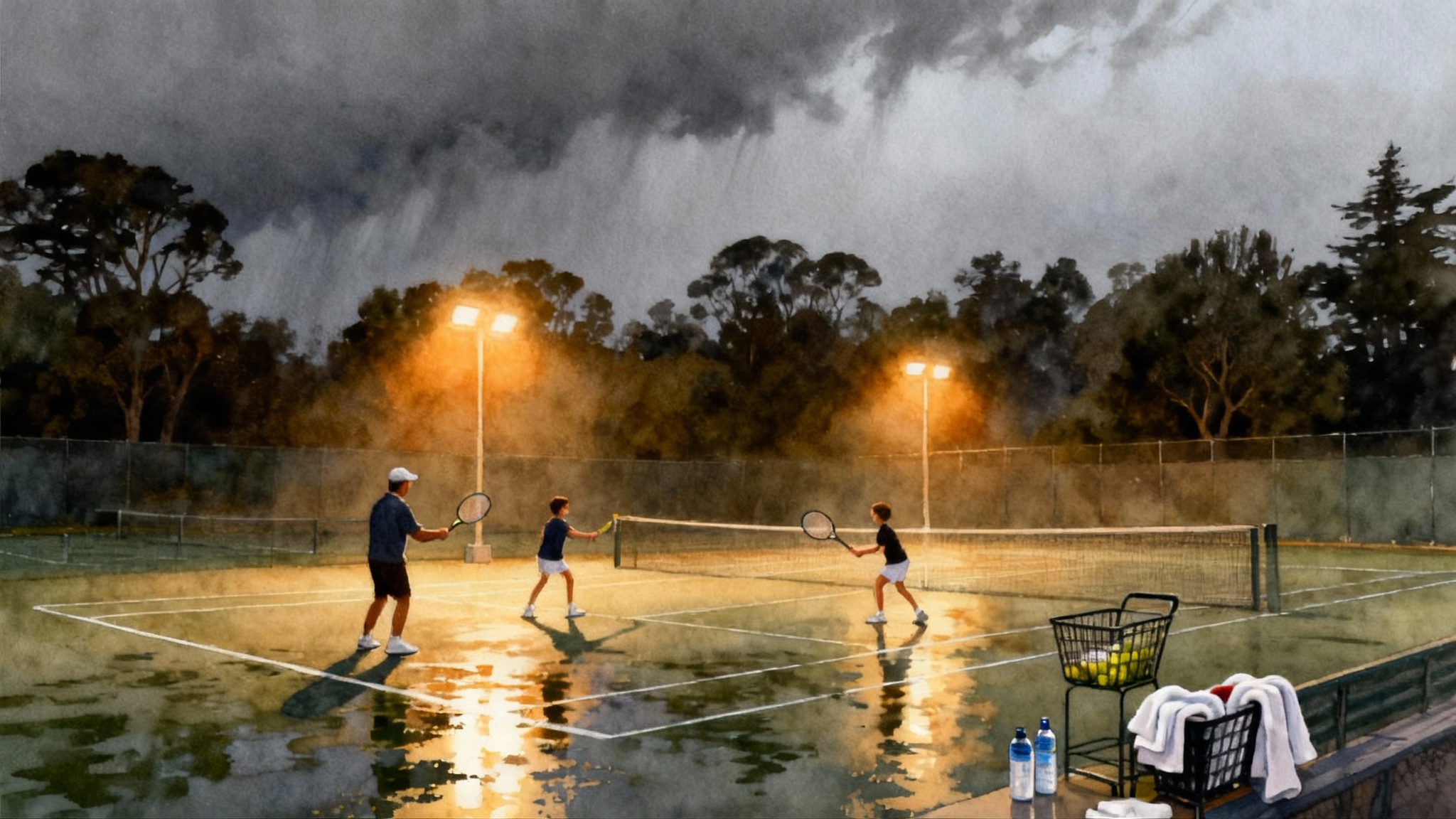
How to use this guide
Choosing a junior tennis program in Northern California is a real-world decision with tradeoffs. Families juggle training quality, school commitments, weather, and tournament travel. This guide is written for parents who want specific criteria and clear actions, not vague slogans. You will find a framework to compare programs, two reliable match-play pipelines, indoor options for rainy months, and logistics that save time and money. We then spotlight San Francisco Tennis Academy plus leading Bay Area and Sacramento programs to help you build a shortlist. For cross-state research, see our regional roundup in Best Southern California Tennis Academies 2025–2026.
The five-part framework parents actually use
When you tour a program, evaluate these five areas. Bring this list and ask to see each item, not just hear about it.
- Training structure
- Weekly load: How many on-court hours and how many fitness hours are included in the standard plan for your child’s level?
- Periodization: Ask for a 12-month training calendar that shows base phase, tournament peaks, recovery weeks, and off-court testing. A simple calendar is fine; what matters is that coaches plan cycles rather than repeat the same clinic every week.
- Coach-to-player ratio: Request the ratio in writing by level. Ratios drift in the busy season. A posted cap creates accountability.
- Transparent pricing bands
- Most NorCal families operate within predictable bands: recurring monthly clinics, private lesson blocks, fitness add-ons, and tournament travel. Ask for a one-page menu that shows price per hour for clinics, semi-privates, and privates, plus any assessment or annual fees. If a program cannot give a written menu, expect surprises later.
- Total cost of ownership: Add strings, grips, shoes, UTR or USTA event fees, and gas or hotel for one out-of-town tournament per quarter. The honest number prevents frustration.
- Match play access that counts
Tennis players improve by solving new opponents under time pressure. In Northern California, two pathways are consistent and scalable.
- United States Tennis Association Northern California runs year-round junior events and team play. Start with the current juniors hub to find formats and the seasonal calendar for your area. See the USTA NorCal juniors programs.
- Universal Tennis Rating match play fills the calendar gaps with level-based events that record to a single rating. Flex leagues and verified matches guarantee opponents near your level and reduce blowouts. Read the UTR Sports Flex Leagues overview.
- Weather and indoor options
- Bay Area: Outdoor play dominates. Winter storms and early spring rain can compress training. Look for programs that backstop weather with either covered courts, quick reschedule policies, or indoor fitness blocks that run the same day so momentum is not lost. Indoor courts exist in limited pockets on the Peninsula and in San Francisco, and public facilities like the Goldman Tennis Center offer lights and drainage that help programs keep sessions on track after storms.
- Sacramento region: Hot summers and wet winter fronts make flexibility important. Families often rely on climate-controlled facilities in Gold River and club networks that add indoor court time during the rainy months.
- Academics and the weekday clock
- Public school: Ask the academy for a sample after-school schedule by travel corridor. In the Bay Area, a 3:30 p.m. bell plus traffic can shrink practice time. Look for later clinic blocks or split days that pair two long sessions on weekends with two shorter weekday sessions.
- Private school: Some independent schools allow early release for athletes. Confirm in writing. If not, use morning strength sessions only if the player can still meet sleep targets.
- Online or hybrid: Full-time programs often require flexible schooling. If you consider online school, insist on a written weekly plan that shows coursework hours, proctored test times, and at least one coach check-in on study progress. Tennis without academic structure is a short runway.
Program spotlights: strengths, structure, and fit
These summaries focus on what families repeatedly ask and what each program is known to do well. Use them to build a tour list, then verify on site.
San Francisco Tennis Academy (city families, clear pricing menus, developmental ladder)
San Francisco Tennis Academy operates near Lake Merced with a simple, visible ladder for juniors. The early pathway uses red, orange, and green ball to speed rallies, then bridges players into yellow-ball clinics and match play. Strengths for families include posted monthly options for group clinics, small group formats like triads, and private-lesson packages. Because pricing and formats are published in clear tiers, parents can budget the season and decide when to invest in more individualized attention. City families also value the commute efficiency for after-school blocks, plus weekend options that let students in rigorous schools bank volume without weekday stress. For more context, browse the San Francisco Tennis Academy profile.
What to ask on your tour
- Clinic to private ratio by level: for example, two clinics plus one private every two weeks for orange ball, then two clinics plus one private weekly for yellow ball.
- Rain plan specifics: do they pivot to indoor fitness or classroom video on the same day, or do they only reschedule?
- Advancement criteria: the measurable skills that move a player from development to high-performance groups.
Best fit
- Elementary and middle school players whose families want transparent menus, a clear skills ladder, and minimal cross-city driving.
Eagle Fustar Tennis Academy (South Bay and San Francisco, UTR-gated performance tiers)
Eagle Fustar is a long-running Bay Area performance academy with a tiered structure tied to Universal Tennis Rating benchmarks. The academy runs daily clinics throughout Silicon Valley and also staffs competitive junior training at San Francisco’s Goldman Tennis Center. Families will see placement pathways that reference UTR thresholds for high performance and elite groups, along with a full-time track that combines daytime training with flexible schooling. A hallmark is volume with intentionality: lots of live-ball drilling, specific point patterns, and regular match play. For players aiming at college tennis, the UTR-based tiers give clear targets and reduce mismatches in practice.
What to ask on your tour
- How they handle players near a cutoff. If your child is one rating tick below a target group, ask about trial periods and retests.
- How many verified UTR opportunities they coordinate monthly and how coaching feedback flows back into practice plans.
Best fit
- Motivated middle school or high school athletes who track goals by rating, want a clear ladder to climb, and can commit to several on-court days each week.
HRT Tennis Academy, Marin (north of Golden Gate families, frequent local tournaments)
HRT anchors a practical option for Marin and North Bay families who would otherwise spend hours crossing bridges. The academy emphasizes frequent local match play, including level-based events that compress two to three competitive matches into a half day. This cadence lets students collect verified results without full weekend travel, which is a major advantage during heavy academic weeks. Training blends junior clinics by age and level with strength and movement blocks sized for growing athletes.
What to ask on your tour
- How many competitive windows per month they schedule on-site or nearby. A dependable calendar gains more ground than sporadic big trips.
- How they integrate video or charting on match days so lessons the following week target exactly what broke down.
Best fit
- Families in Marin, Sonoma, or northern San Francisco who want dense local match play and a shorter commute.
Tompkins Tennis, Silicon Valley (structured high-performance culture, measurable fitness)
Tompkins runs a structured high-performance environment that pairs on-court progressions with tracked fitness. Trial classes determine group placement, and athletes progress through junior development, tournament training, and ranked-junior blocks. A consistent strength is conditioning that scales with age and growth, recorded in an app so players and parents can see objective improvement. For many families, the draw is simple: your child knows exactly what to do between clinics, and the staff expects measurable progress across technical, tactical, and physical markers.
What to ask on your tour
- The strength and conditioning benchmarks used at each level and how they adjust loads during growth spurts.
- How they coordinate with a player’s high school season, which often compresses available hours in February through April.
Best fit
- Juniors who respond to clear standards, enjoy data on their fitness progress, and want a long-term plan that blends school and training.
JMG Tennis Academy, Sacramento (full-time track record, pro pathway credibility)
JMG built a national reputation by developing juniors who went on to win major junior titles, play high-level college tennis, and compete professionally. The academy offers a full-time track that typically pairs daily fitness, midday on-court work, and scheduled match play blocks. Families considering JMG should expect a culture of deliberate practice, frequent feedback, and the expectation that school is planned carefully around training. Many Sacramento families appreciate that the region’s club network provides indoor options for rainy months and early morning fitness windows during summer heat.
What to ask on your tour
- Whether your player is a candidate for the full-time or training-group track and how academic supervision works in each.
- How they coordinate tournament schedules across USTA and UTR events, including when to step up in level for developmental stretch.
Best fit
- Goal-driven players who benefit from a day-structured environment and want a staff with deep experience guiding the jump from high-level junior to college or pro.
Rainy season play: practical workarounds that protect progress
- Reserve indoor blocks early. In the Bay Area, indoor tennis is scarce and books quickly during long storms. Ask your academy when they pre-book winter time and what it costs.
- Build a same-day pivot. If outdoor sessions are rained out, keep the habit loop with fitness, mobility, or video review that day. Players lose more ground from broken routines than from missed forehands.
- Choose facilities with lighting and drainage. Public centers with modern surfaces and great lighting can reopen quickly after storms. Programs that train at those venues often finish sessions that others cancel.
Academics: making the weekly puzzle fit
Every family solves the same puzzle: school hours, training hours, sleep, and commute.
- Minimum weekly volume targets by stage
- Early development (red, orange, green ball): 2 to 3 clinics plus 1 free play or family hit
- Transition to yellow ball: 3 clinics plus 1 private per week during growth phases
- High school performance: 4 clinics, 1 private, 1 fitness block, and verified match play every one to two weeks
- Sleep first. If a schedule proposal requires chronic late nights, cut weekday volume and push load to weekends. Short sleep quietly erases the value of extra court time.
- Use school calendars. Plan heavy training weeks during school breaks and lighter loads during finals. Ask coaches to share a 12-month plan that lines up with your district calendar.
Tournament and travel logistics for NorCal families
- Build a radius map. From San Francisco, ninety minutes gets you to many Bay Area draws without a hotel. From Sacramento, you can hit the Sacramento metro, Davis, Elk Grove, Roseville, and parts of the East Bay within an hour on low-traffic weekends.
- Budget two hotel weekends per quarter. Pick higher-level events or sectional championships and cluster them with a local warm-up the week before.
- Airports matter for nationals. If you plan national events, compare fares and schedules from San Francisco International, Oakland International, and Sacramento International. Sacramento International can be faster in and out for early flights.
- Carpool the doubles draw. Doubles adds experience with less wear. Coordinate with one other family and split the drive and meals. For families relocating or adding altitude training weeks, scan the Best Mountain West Tennis Academies 2025–2026 Guide.
The money talk: how to compare offers fairly
- Put everything on a single sheet. Line items should include monthly clinics, private lessons, fitness, stringing, and expected tournament entries. If your child is moving up, add a second sheet with the increased load so you anticipate the next band of spend.
- Ask about package rules. Some programs give a lower rate for blocks, but only if you use them inside the month. Confirm rollover and cancellation rules.
- Check the “free” list. Many great programs include ball machine use, occasional video breakdowns, and coach check-ins at tournaments. Those services often matter more than a small price difference.
How to tour like a pro
- Watch point play. Footwork, spacing, and decision making matter more than pretty feeds. The best clinics create rallies and keep score.
- Track time on task. Idle lines are a tax on your tuition. Strong sessions have clear stations and fast role changes.
- Meet the fitness lead. Ask how they adapt loads during growth spurts and how they audit movement quality, not just effort.
- Request three recent college placement examples. What was the player’s weekly structure two years before committing, and what changed in the final year?
Putting it together: sample plans for Bay Area and Sacramento families
- City family with a ninth grader
- Two weekday clinics at San Francisco Tennis Academy or a similar city program
- One private every other week during school, weekly in summer
- One verified match play window every two weeks via USTA or UTR
- Winter pivot plan with indoor fitness and video on rain days
- Peninsula or South Bay family aiming at college tennis
- Three clinics in a UTR-tiered group such as Eagle Fustar or a similar high-performance track
- Weekly private targeted at serve and first four shots
- Strength and mobility twice weekly with testing every eight weeks
- One travel tournament per quarter plus local verified match play twice monthly
- Sacramento family exploring full-time training
- Morning fitness block on hot days, midday on-court with structured point play
- Afternoon match play two days per week when school allows
- Alternating weekends on USTA sectional events and UTR level-based events
- Built-in academic check-ins to protect coursework
Final shortlist builder
Use this quick filter to select two programs to visit in the next two weeks.
- Commute: under 45 minutes door to court on weekdays
- Match play: at least two verified opportunities per month within the program or at the same site
- Weather plan: written rainy-day protocol that keeps training cadence
- Academic fit: clinic blocks that match your bell schedule or a credible plan for hybrid school if needed
- Budget clarity: a one-page cost menu and a realistic total monthly estimate
A smart closing rally
The right academy is not the one that sounds the most elite. It is the one that turns your family’s constraints into a consistent weekly rhythm. Use the five-part framework to test programs against real life. Confirm match play access through the two pipelines above, make a rainy season plan now, and map tournament travel that respects both budget and school. Start with San Francisco Tennis Academy if you want clear pricing and a city commute, add a South Bay performance option like Eagle Fustar if your athlete tracks goals by rating, keep a Marin or North Bay choice such as HRT for local match density, and include a Sacramento visit to JMG if a full-time pathway is on the table. Tour with questions, watch point play, and pick the place that keeps your child solving new rallies week after week. That is what compounds.
